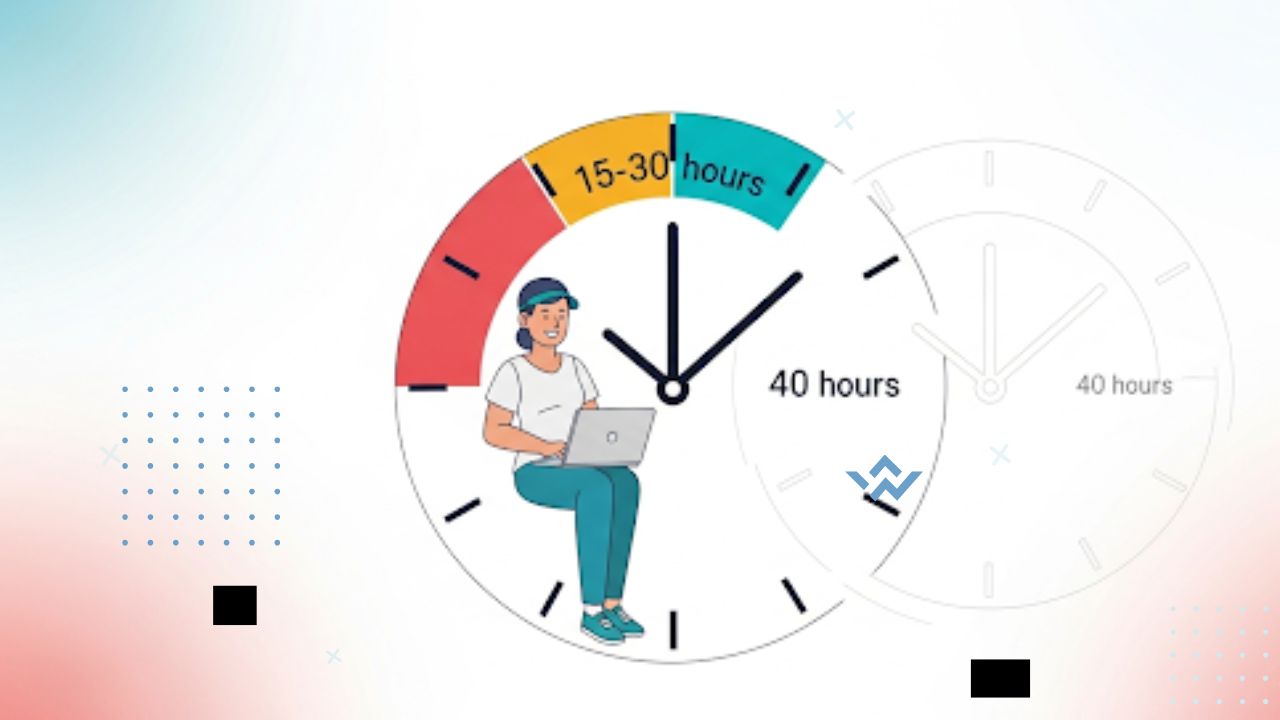As the world accelerates toward a sustainable future, the convergence of artificial intelligence (AI) and renewable energy is reshaping industries and creating new career opportunities. With global renewable energy capacity expected to double by 2030.
Emerging Roles in AI and Renewable Energy
1. AI-Driven Energy Forecasting Specialist
- Role: Develops machine learning models to predict renewable energy output and demand, using tools like recurrent neural networks (RNNs) and generative AI (e.g., GPT-5). These specialists improve grid stability by forecasting solar and wind variability.
- Significance: Enhances energy reliability, reducing outages by 20%, per a 2025 ScienceDirect study on generative AI in forecasting.
- Skills Required: Proficiency in Python, TensorFlow, and weather data analytics; knowledge of energy markets.
- Example: Google’s DeepMind uses AI to optimize wind energy output, creating demand for forecasting specialists in Europe and North America.
- Global Demand: High in China, India, and Germany, where renewable adoption is surging.
2. Smart Grid AI Engineer
- Role: Designs AI systems for smart grids, integrating IoT and real-time analytics to manage decentralized energy systems. Engineers use reinforcement learning to optimize energy distribution and storage.
- Significance: Supports the 3xRenewables goal by improving grid resilience, with a 2025 IRENA report noting a 5.1% CAGR in the electrical grid market.
- Skills Required: Expertise in IoT, Azure AI, and grid protocols; familiarity with blockchain for energy trading.
- Example: Australia’s National Electricity Market employs AI engineers to enhance grid stability, a model expanding in Asia-Pacific.
- Global Demand: Strong in the EU, where the 2026 Digitalisation Roadmap prioritizes AI-driven grids.
3. Predictive Maintenance AI Analyst
- Role: Leverages AI for predictive maintenance of renewable energy assets, such as wind turbines and solar panels, using sensor data and deep learning to detect faults early.
- Significance: Reduces downtime by 25% and maintenance costs by 15%, per a 2025 ResearchAndMarkets.com report.
- Skills Required: Data science, anomaly detection algorithms, and familiarity with renewable energy systems.
- Example: Siemens Gamesa hires analysts to monitor turbine health, a growing need in Latin America and Africa.
- Global Demand: Rising in emerging economies with expanding wind and solar farms.
4. AI-Enhanced Energy Storage Specialist
- Role: Optimizes battery systems using AI to manage charge-discharge cycles and predict storage needs, critical for addressing renewable energy intermittency.
- Significance: Supports the $3.4 billion solid-state battery market by 2030, per Allied Market Research, enhancing energy reliability.
- Skills Required: Knowledge of battery chemistry, AI optimization tools, and cloud platforms like Azure AI Foundry.
- Example: Tesla’s AI-driven Megapack solutions require specialists in the U.S. and Asia to scale storage deployments.
- Global Demand: High in the Middle East and India, where solar storage is critical.
5. Cybersecurity AI Specialist for Energy Systems
- Role: Protects renewable energy infrastructure from cyber threats, like ransomware, using AI-driven intrusion detection and anomaly monitoring. This role is vital as 88% of 2024 healthcare breaches were human-driven, with similar risks in energy, per Verizon.
- Significance: Ensures grid reliability amid a 27% rise in cyberattacks, aligning with Microsoft’s Cybersecurity for Rural Hospitals Program principles.
- Skills Required: Cybersecurity certifications (e.g., CISSP), AI-based threat detection, and knowledge of energy protocols.
- Example: NTT DATA’s Microsoft Cloud unit hires specialists to secure smart grids, with demand growing in Europe and North America.
- Global Demand: Critical in the U.S., EU, and China due to increasing grid connectivity.
6. AI Policy and Ethics Consultant
- Role: Advises on regulatory compliance and ethical AI use in renewable energy, addressing data privacy and bias in AI models, as mandated by the EU’s 2025 AI Act.
- Significance: Ensures sustainable AI adoption, mitigating risks like noosemia (attributing intent to AI), per a 2024 Nature Machine Intelligence study.
- Skills Required: Knowledge of AI ethics, energy regulations, and stakeholder engagement.
- Example: IRENA’s Innovation Day 2025 emphasized consultants to bridge digital disparities in the Global South.
- Global Demand: Growing in the EU and developing nations with new AI regulations.
Benefits of These Roles
- Driving Sustainability: Roles like forecasting specialists and storage experts reduce carbon emissions by optimizing renewable energy use, supporting the Paris Agreement’s net-zero goals.
- Economic Growth: The renewable energy market is projected to reach $2.5 trillion by 2033, per Allied Market Research, creating millions of jobs globally.
- Innovation and Resilience: Smart grid engineers and cybersecurity specialists enhance energy system reliability, critical as global energy demand rises 15% by 2050, per Exxon Mobil.
- Equity in Access: Roles in the Global South address digital disparities, ensuring sustainable energy solutions for underserved regions, per IRENA.
Challenges and Skill Gaps
- Skill Shortages: A 2025 World Economic Forum report highlights a lack of AI and energy expertise, particularly in developing nations, requiring upskilling initiatives.
- Cybersecurity Risks: Increased grid connectivity demands robust training, as seen in Microsoft’s 2024 program that trained 1,000 rural hospital staff.
- Cost Barriers: High initial costs for AI infrastructure challenge smaller organizations, necessitating partnerships like NTT DATA’s Microsoft Cloud unit.
- Ethical Concerns: Addressing bias and noosemia in AI systems requires consultants to ensure transparency, per Nature Machine Intelligence.
Preparing for These Roles
To enter these emerging fields:
- Upskill in AI and Energy: Learn Python, TensorFlow, and renewable energy fundamentals through platforms like Coursera or edX.
- Gain Certifications: Pursue Microsoft Azure AI, CISSP, or IRENA’s energy transition courses for credibility.
- Leverage Industry Tools: Familiarize with Azure AI Foundry, GPT-5, or blockchain platforms for energy applications.
- Network Globally: Engage with communities like IRENA’s Innovation Week or Microsoft’s AI forums to connect with opportunities in high-demand regions.
The Future of AI and Renewable Energy Roles
By 2030, roles will evolve with advancements like quantum machine learning and AI-augmented reality for maintenance, per a 2025 Journal of Big Data study. The EU’s 2026 Digitalisation Roadmap and global initiatives like IRENA’s 3xRenewables goal will drive demand for AI specialists in smart grids and storage. Developing regions, contributing 60–90% of energy demand growth, will see a surge in roles addressing local challenges, ensuring equitable energy access.
Conclusion
The convergence of AI and renewable energy in 2025 is creating dynamic career opportunities, from forecasting specialists to cybersecurity experts. These roles are pivotal in addressing global energy challenges, driving sustainability, and fostering economic growth. While skill gaps and cybersecurity risks persist, upskilling, certifications, and partnerships with leaders like NTT DATA and Microsoft can prepare professionals for success. As the world transitions to a low-carbon future, these emerging roles will shape a resilient, innovative, and equitable energy landscape.



